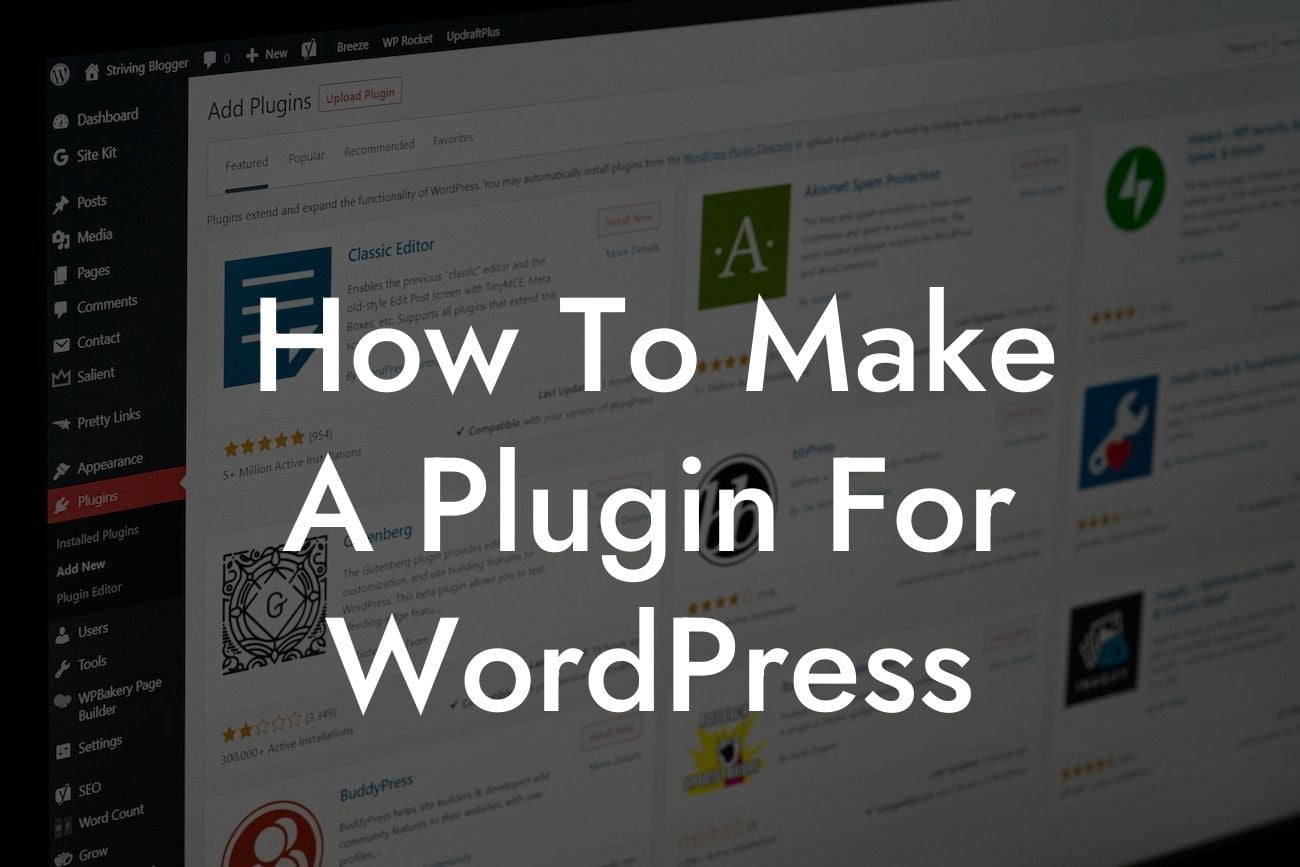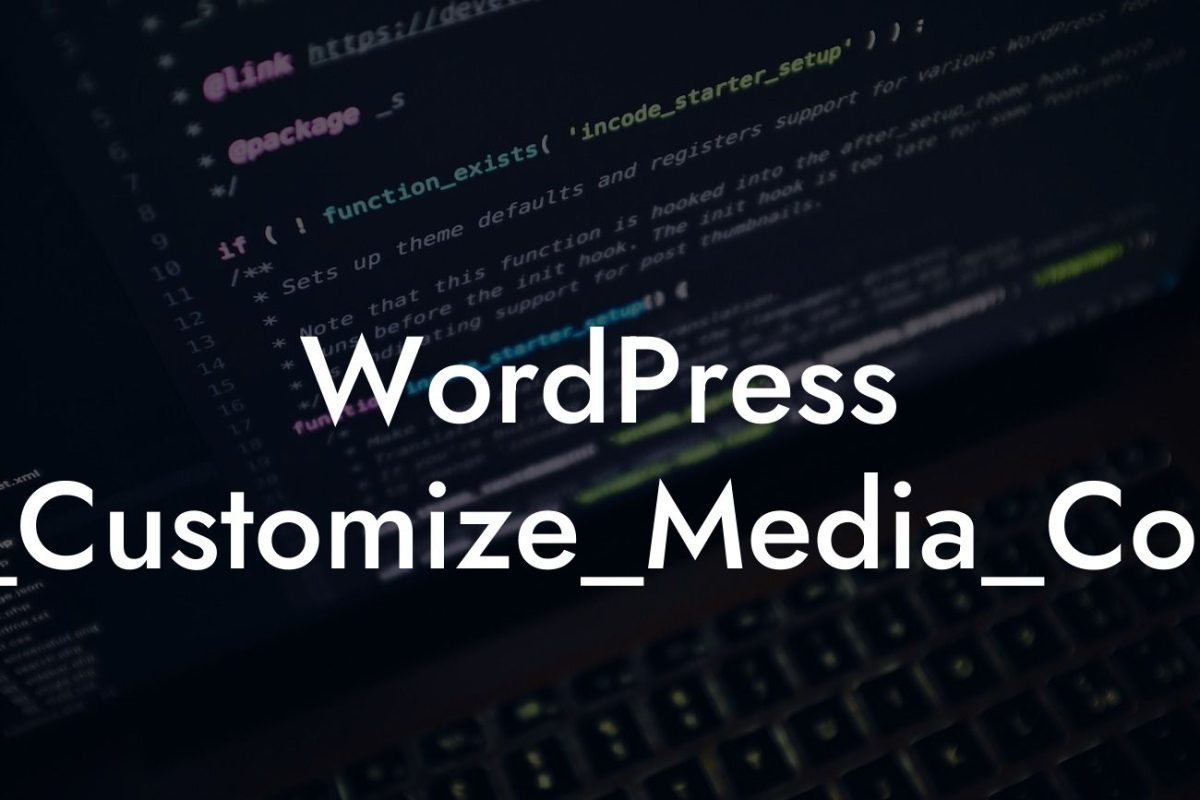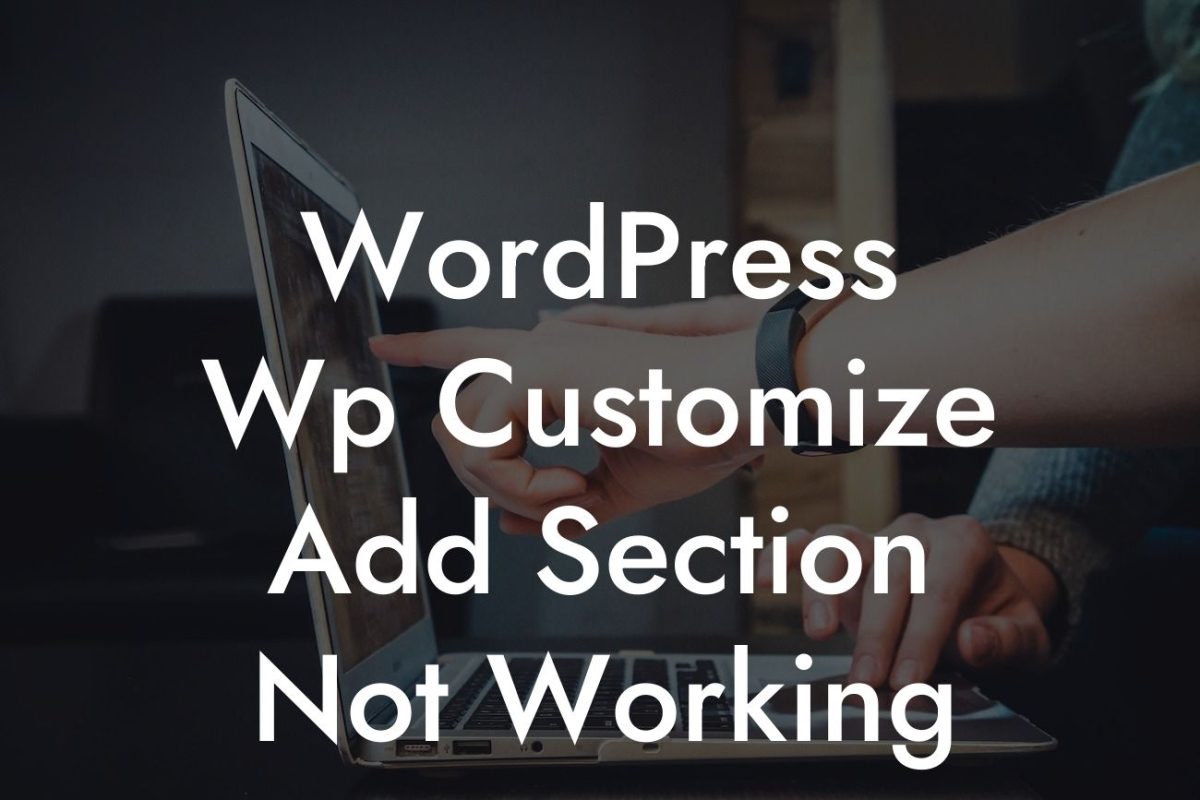Creating a plugin for WordPress may seem like a daunting task, but with the right guidance and knowledge, you can turn your ideas into reality. In this comprehensive guide, we will walk you through the process of making a plugin that will enhance your website's functionality and provide an exceptional user experience. Whether you're a small business owner or an aspiring entrepreneur, our step-by-step instructions and expert tips will help you unlock the full potential of your online presence. Get ready to elevate your website to the next level with DamnWoo!
Starting from scratch - Before diving into the coding aspect, it's crucial to understand the structure and essential components of a WordPress plugin. We will cover the basics, including the plugin header, activation/deactivation hooks, and the main functions file. With a solid foundation, you can build a robust and scalable plugin that can evolve with the changing needs of your business or project.
Planning your plugin - Proper planning is essential for a successful plugin. We will guide you through defining the purpose and scope of your plugin, conducting market research, and identifying the target audience. Understanding your users' needs and pain points will enable you to create a plugin that solves real problems and brings value to your audience.
Designing the user interface - A well-designed user interface is key to a seamless and engaging user experience. We will explore best practices for creating an intuitive and visually appealing interface for your plugin. From selecting suitable color schemes to organizing the layout, you'll discover how to make your plugin aesthetically pleasing and user-friendly.
Coding your plugin - Now comes the technical part. We'll explain the coding languages and standards required for plugin development, including PHP, HTML, CSS, and JavaScript. Our detailed code snippets and explanations will guide you through the process of integrating your plugin into the WordPress ecosystem. By the end, you'll have a functional plugin that performs the desired tasks and aligns perfectly with your website's overall design.
Looking For a Custom QuickBook Integration?
Testing and debugging - A great plugin should be free of bugs and provide a smooth experience for users. We will walk you through the essential testing procedures and debugging techniques to ensure your plugin functions flawlessly. Learn how to use debugging tools, perform compatibility testing, and gather user feedback to optimize your plugin's performance.
How To Make A Plugin For Wordpress Example:
To help you grasp the concepts better, let's consider a realistic example. Imagine you run an e-commerce store on WordPress and want to create a plugin that enables customers to track their orders. We will guide you through each stage, from planning the plugin's features to coding the necessary functions. By the end, your customers will have a convenient and user-friendly order tracking system, elevating their shopping experience on your website.
Congratulations! You've learned the ins and outs of creating a plugin for WordPress. By building your own custom plugins, you can take control of your website's functionality and provide tailored solutions to your audience. Don't forget to share this article with others who may find it valuable, and explore more guides on DamnWoo to further enhance your online presence. Plus, check out our awesome plugins to supercharge your success. Level up your business with DamnWoo!













